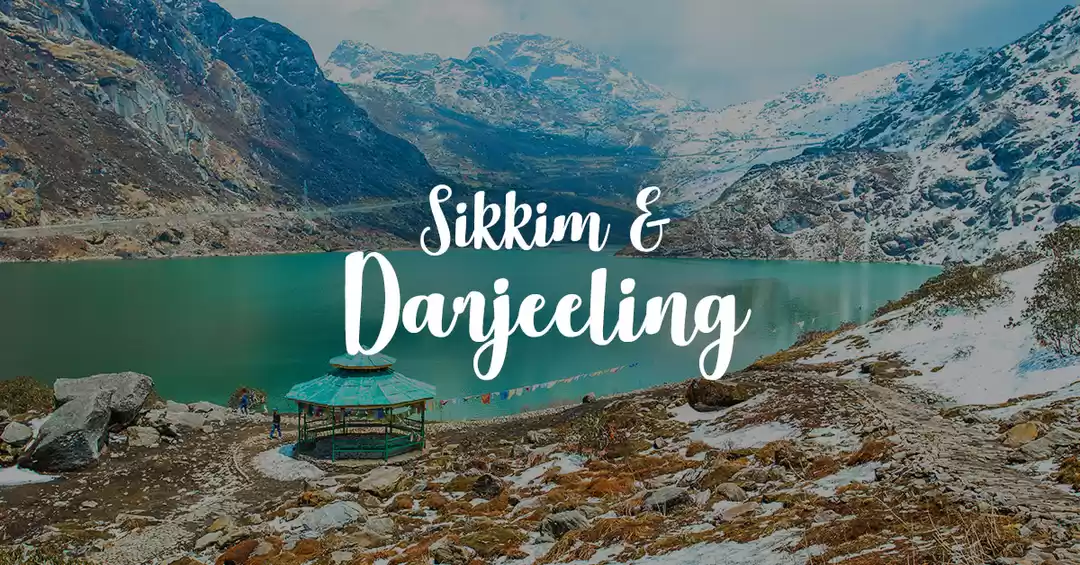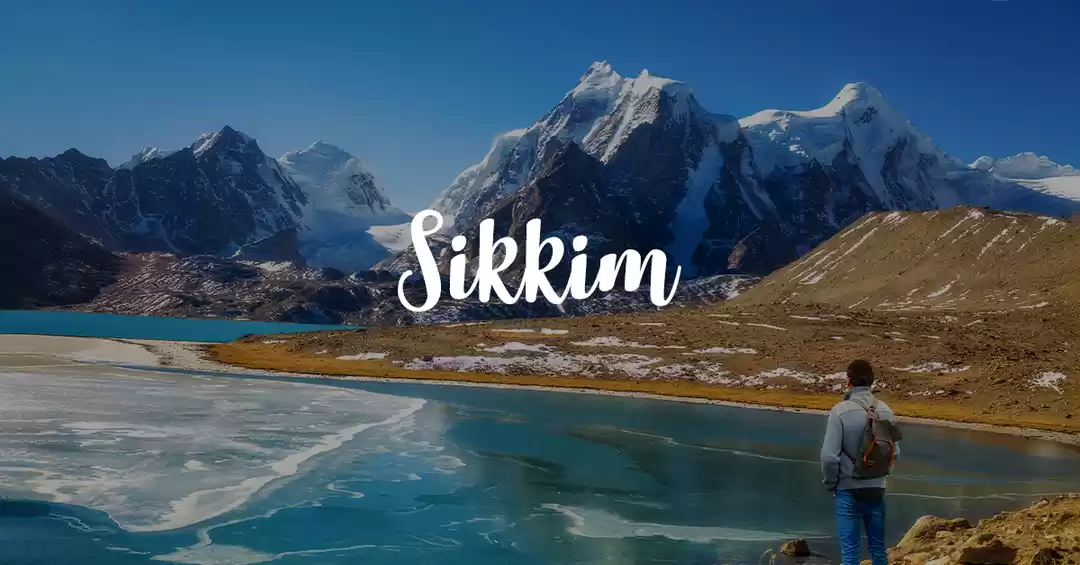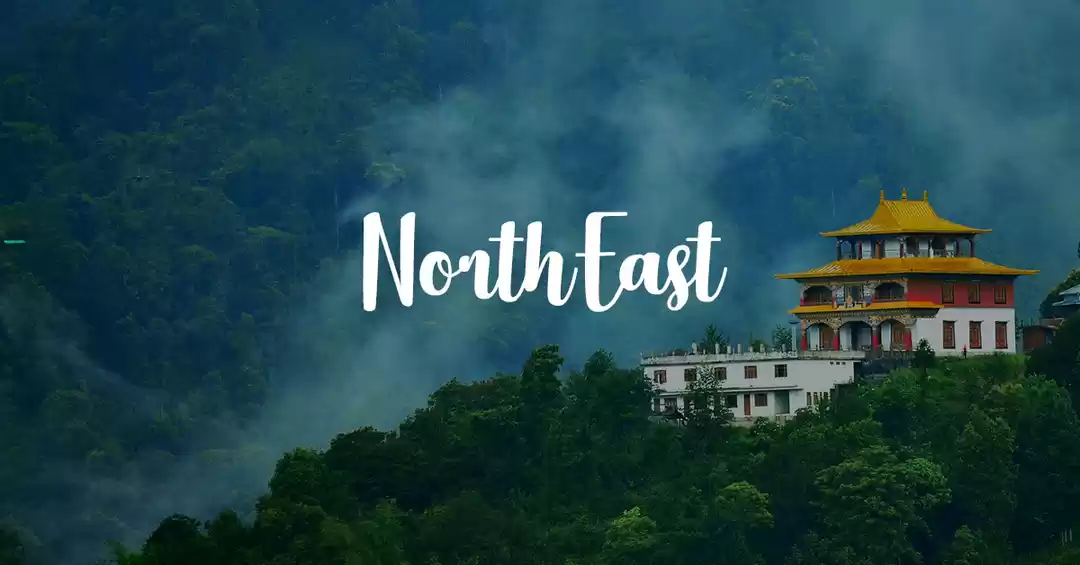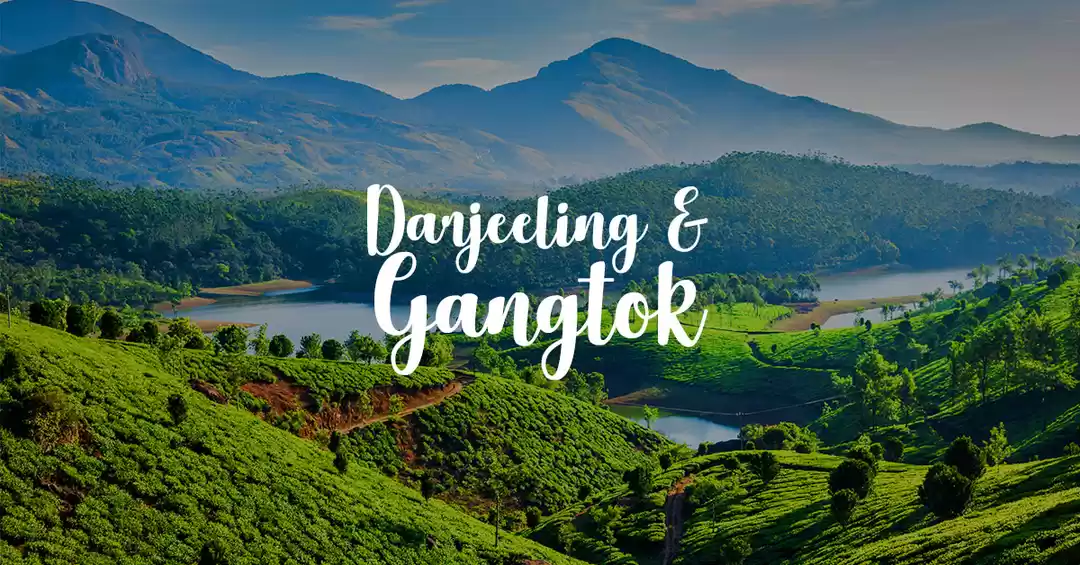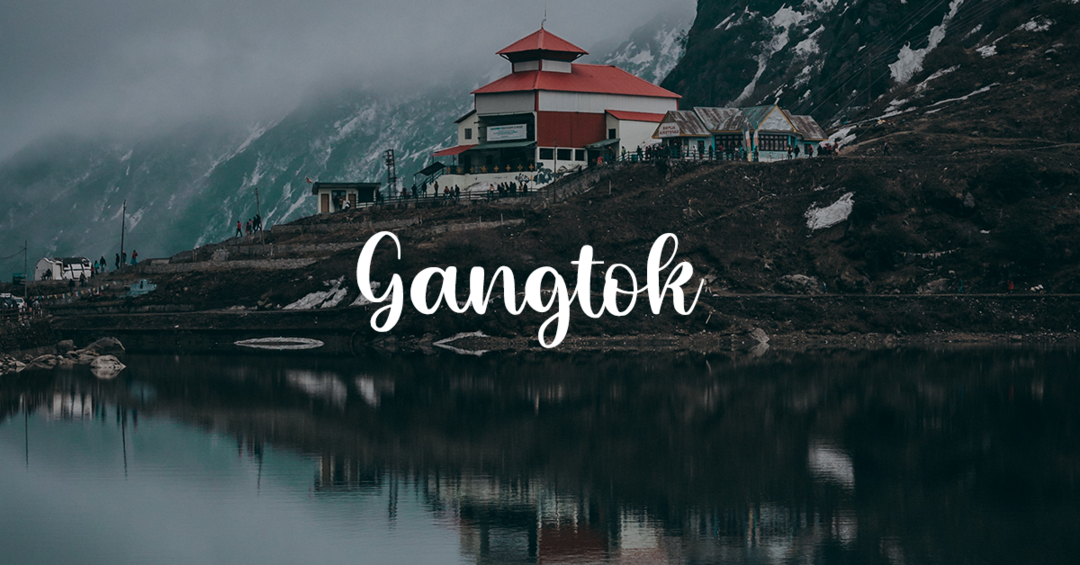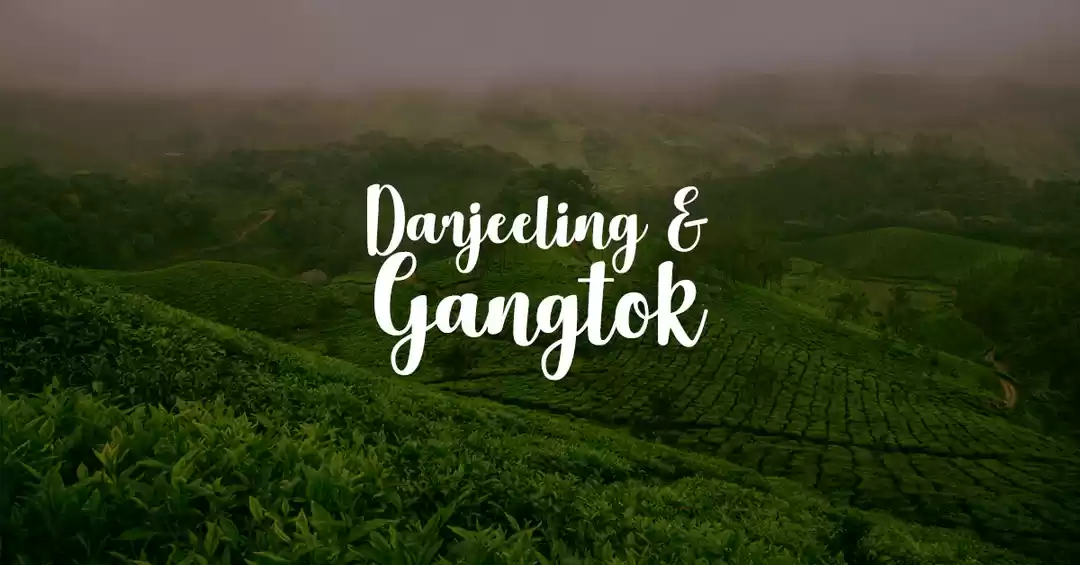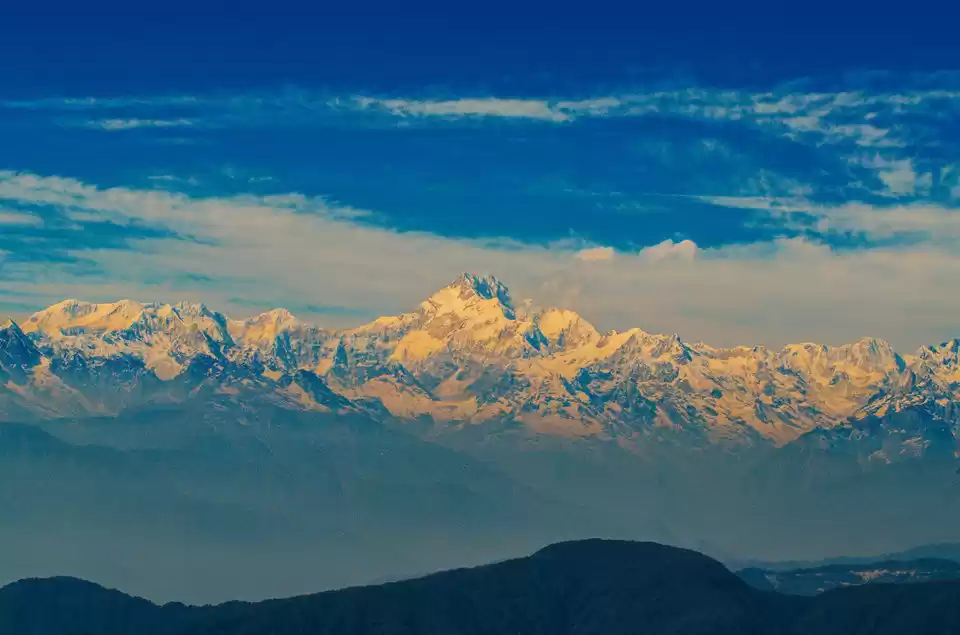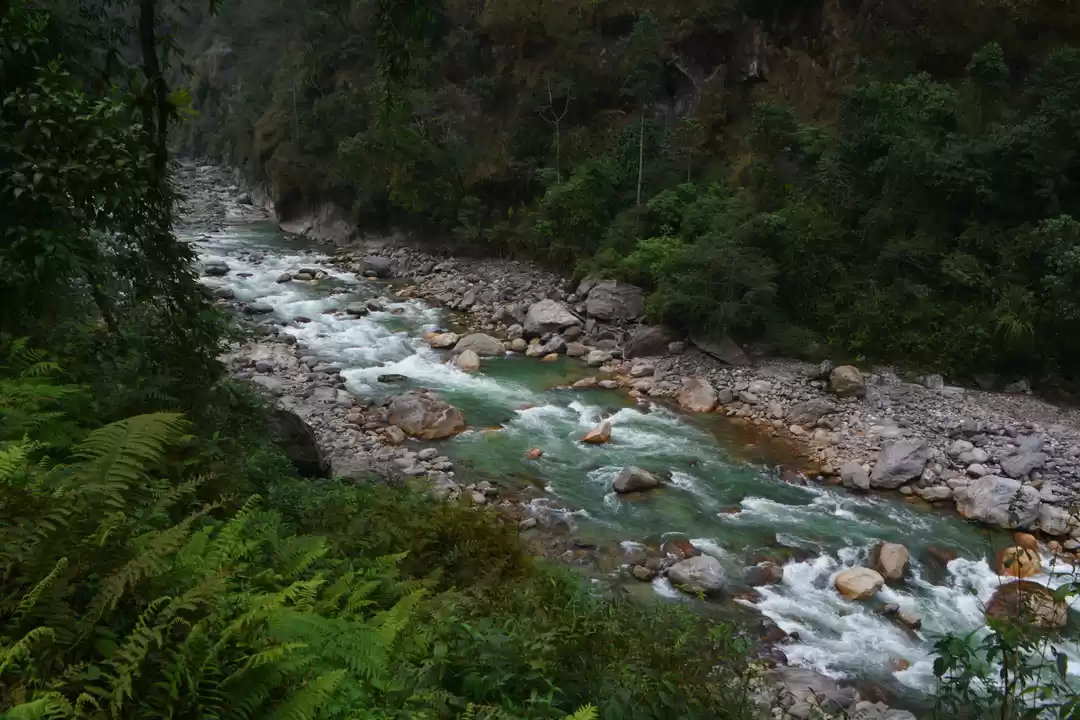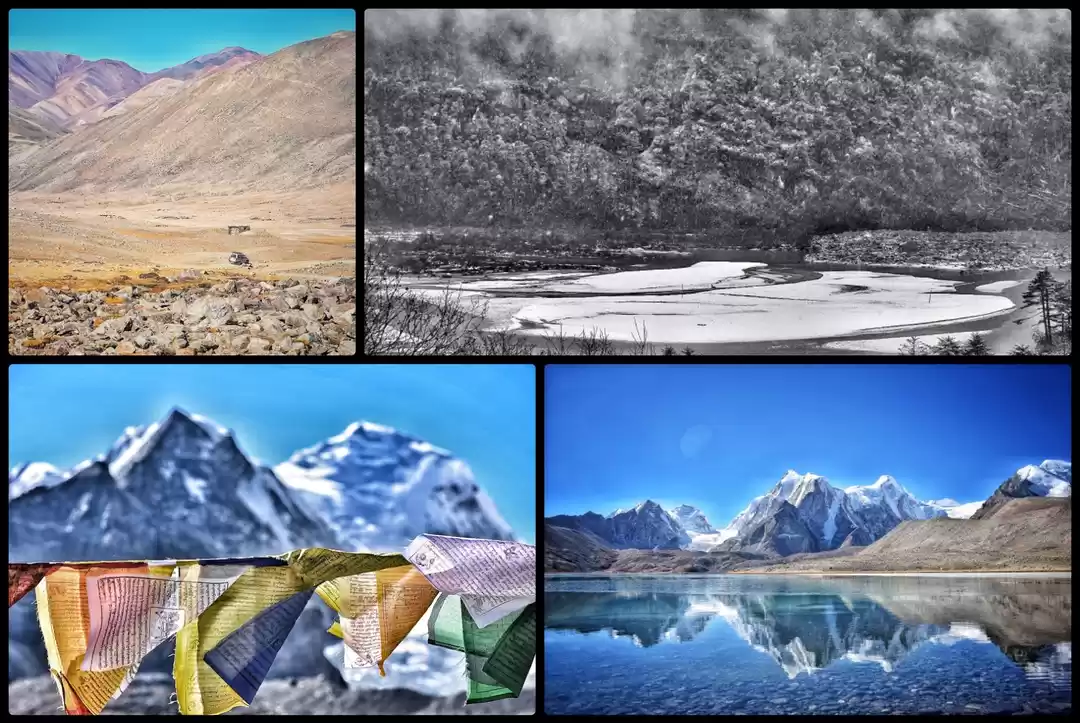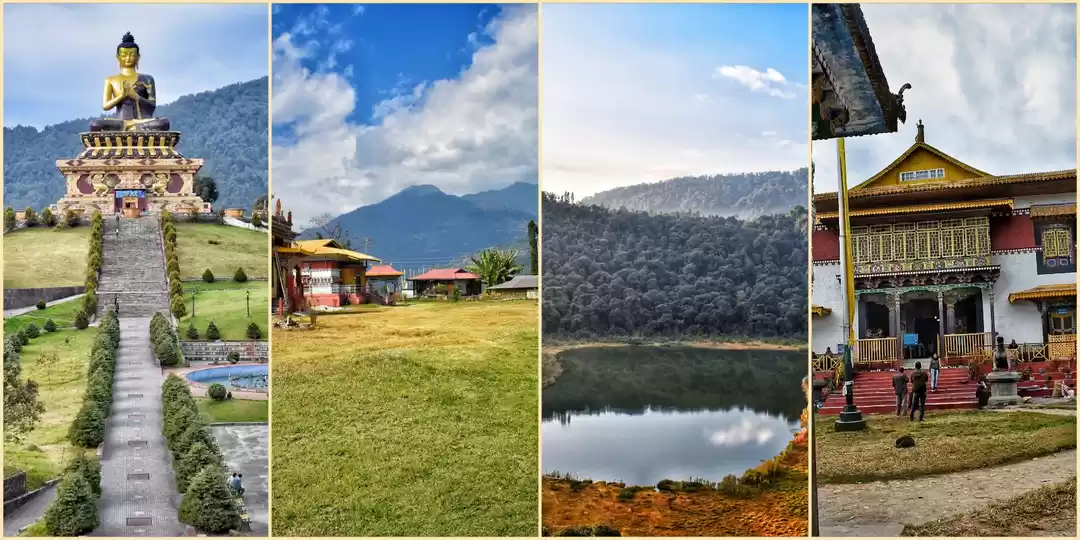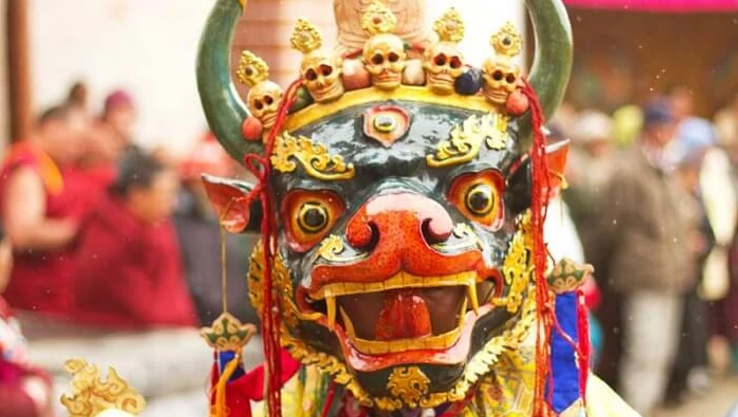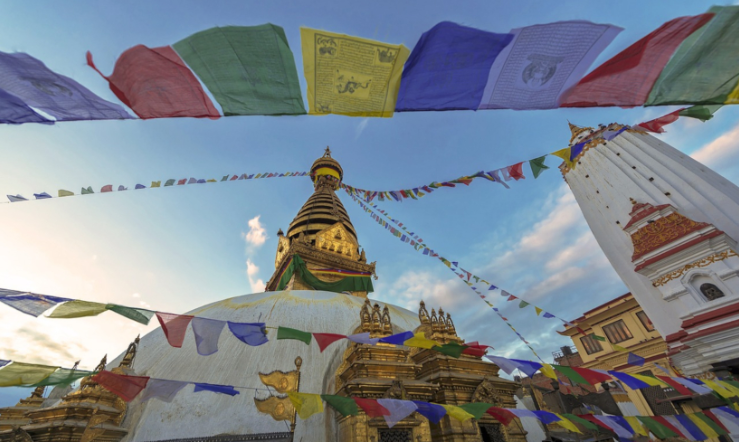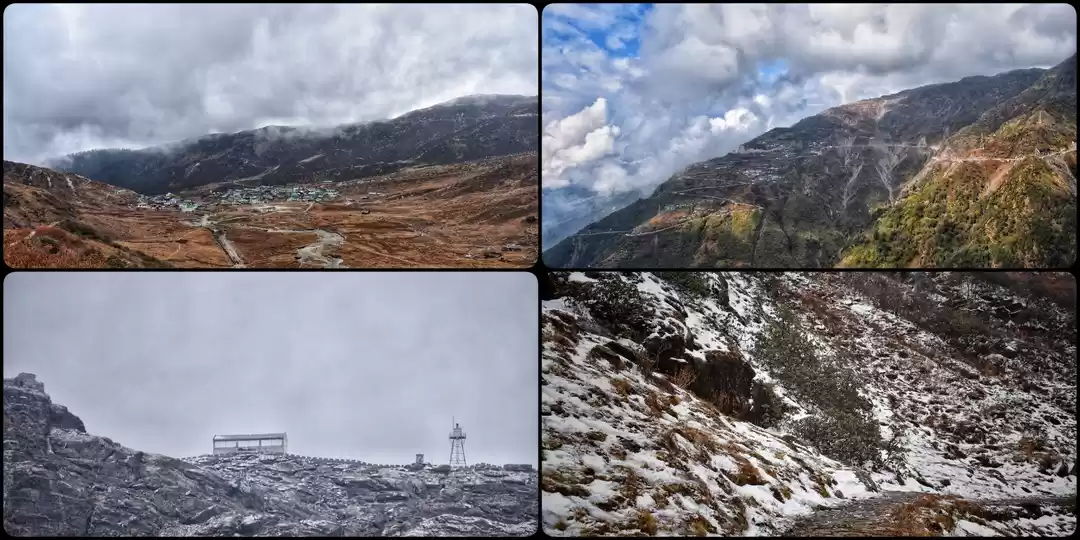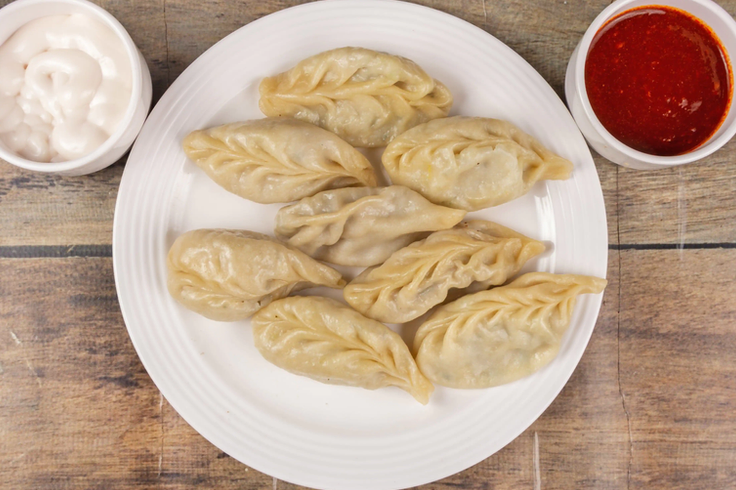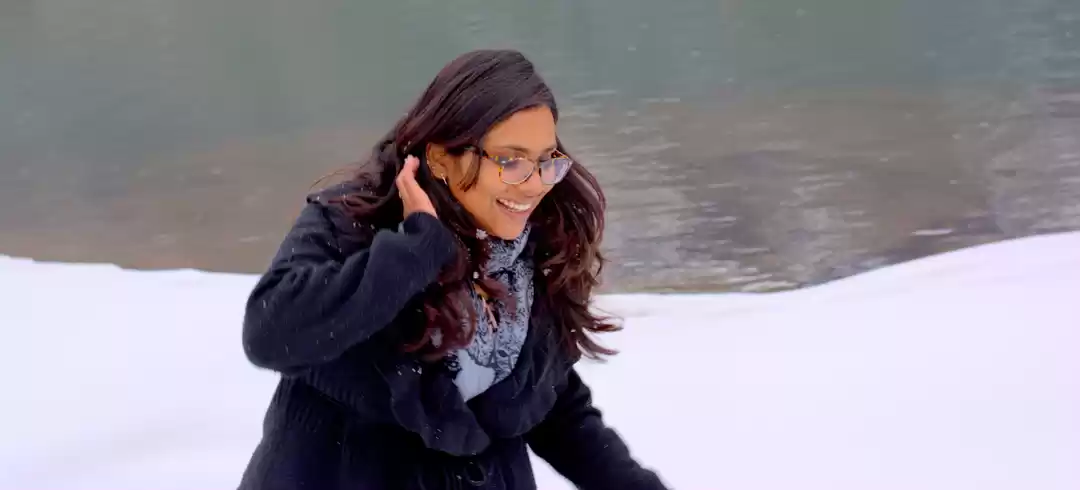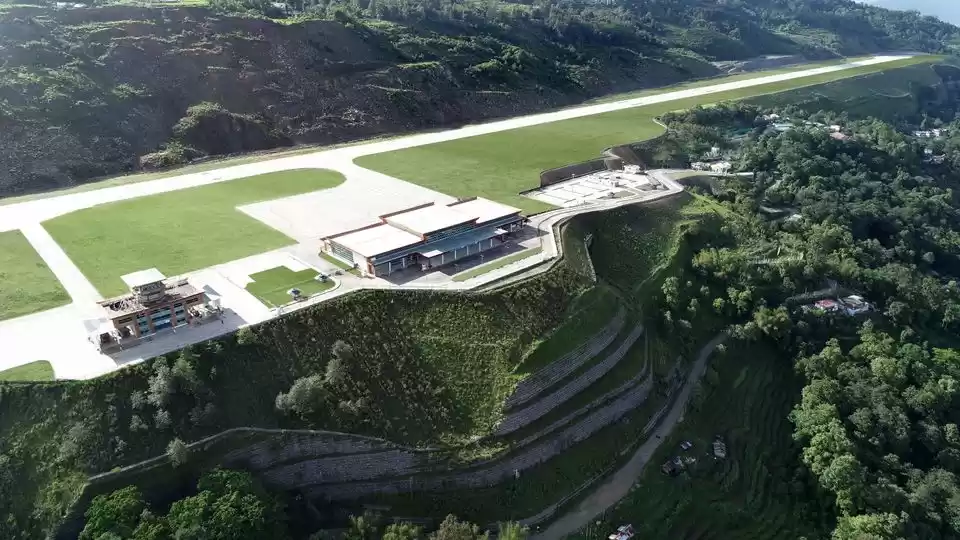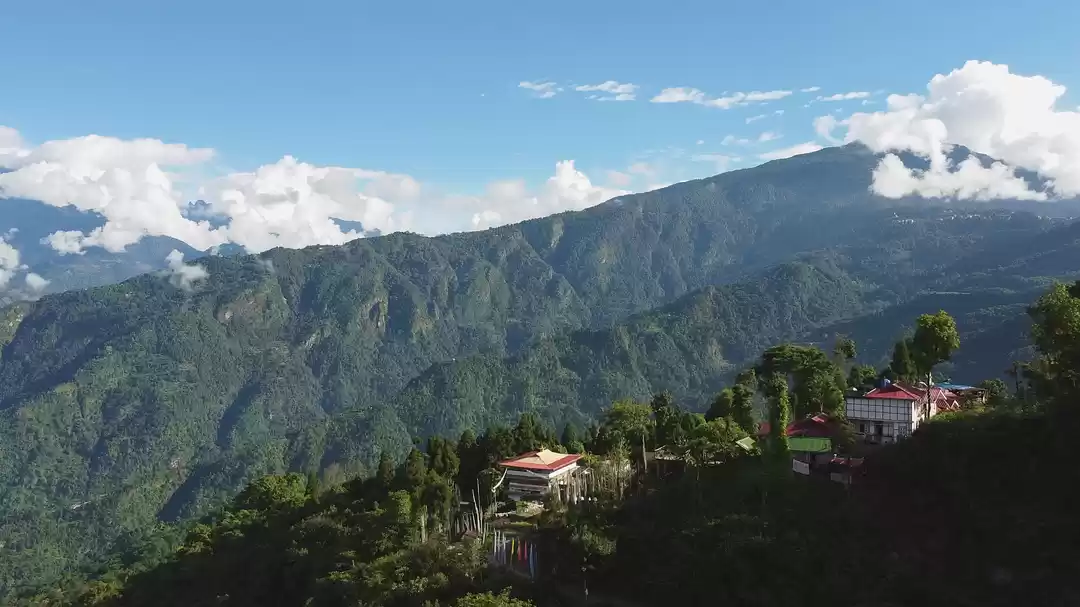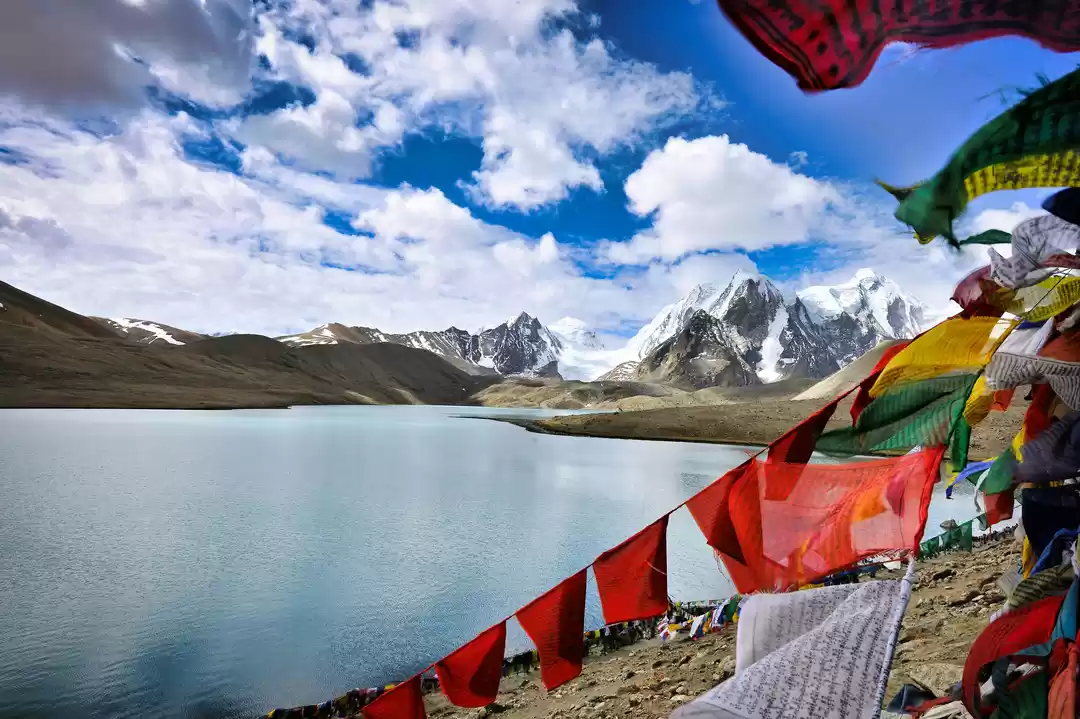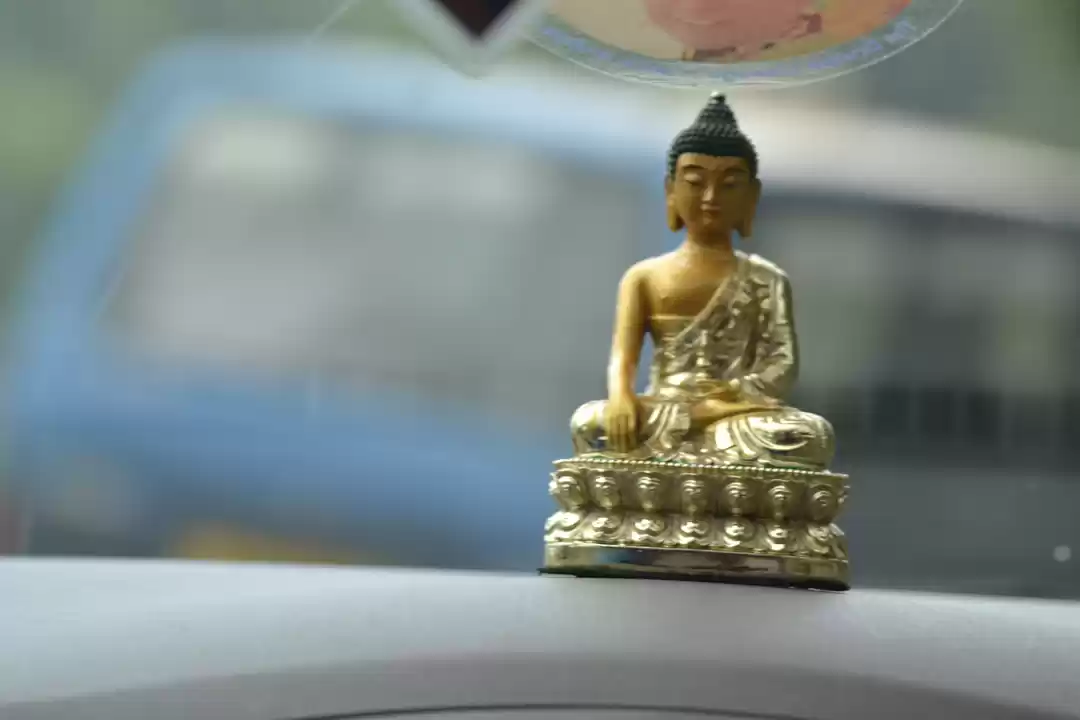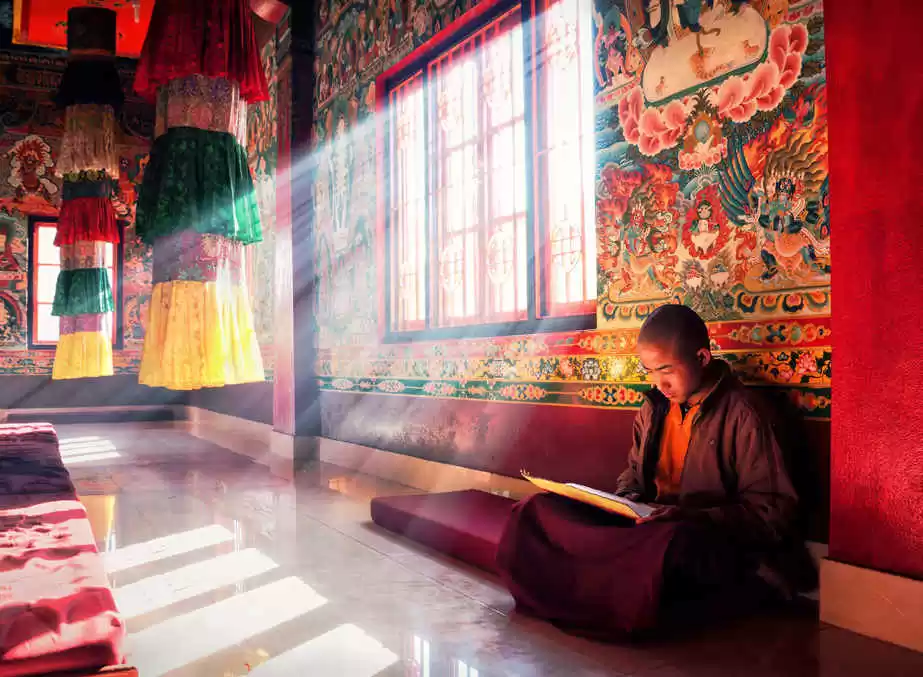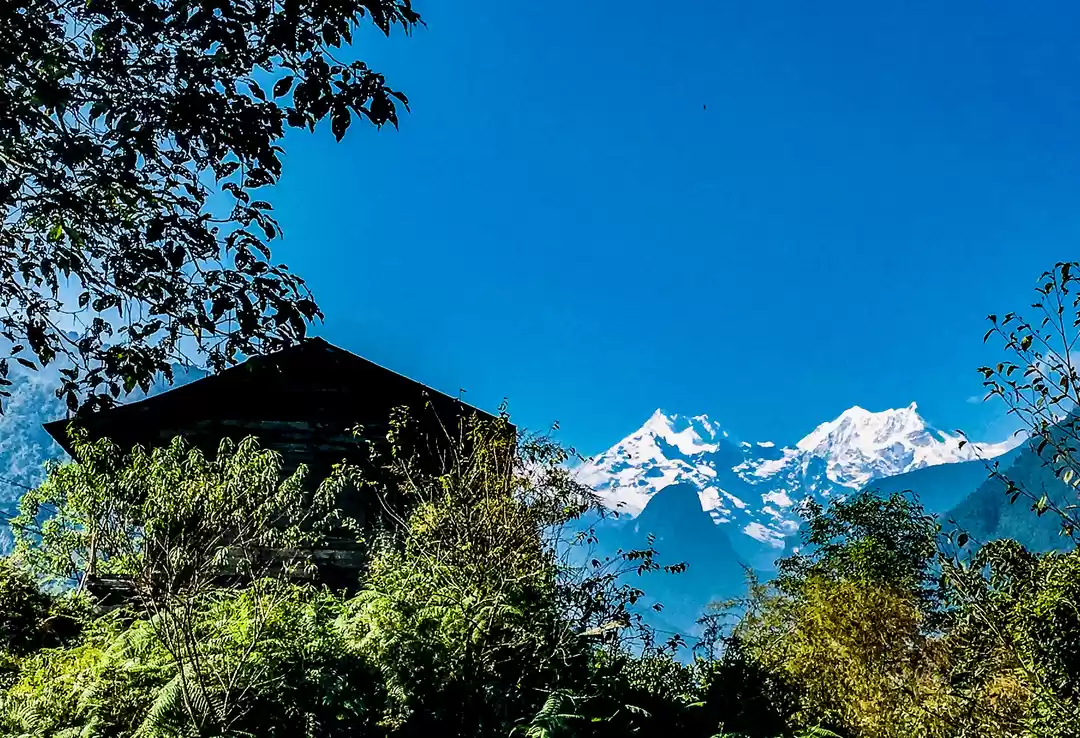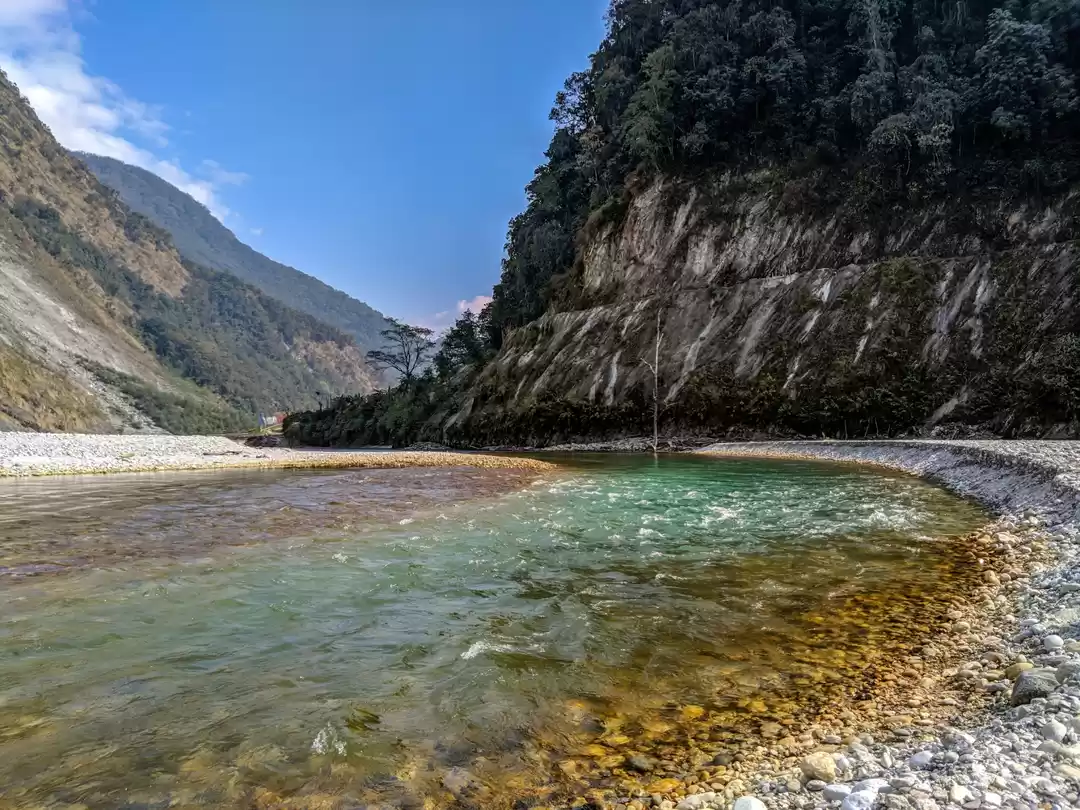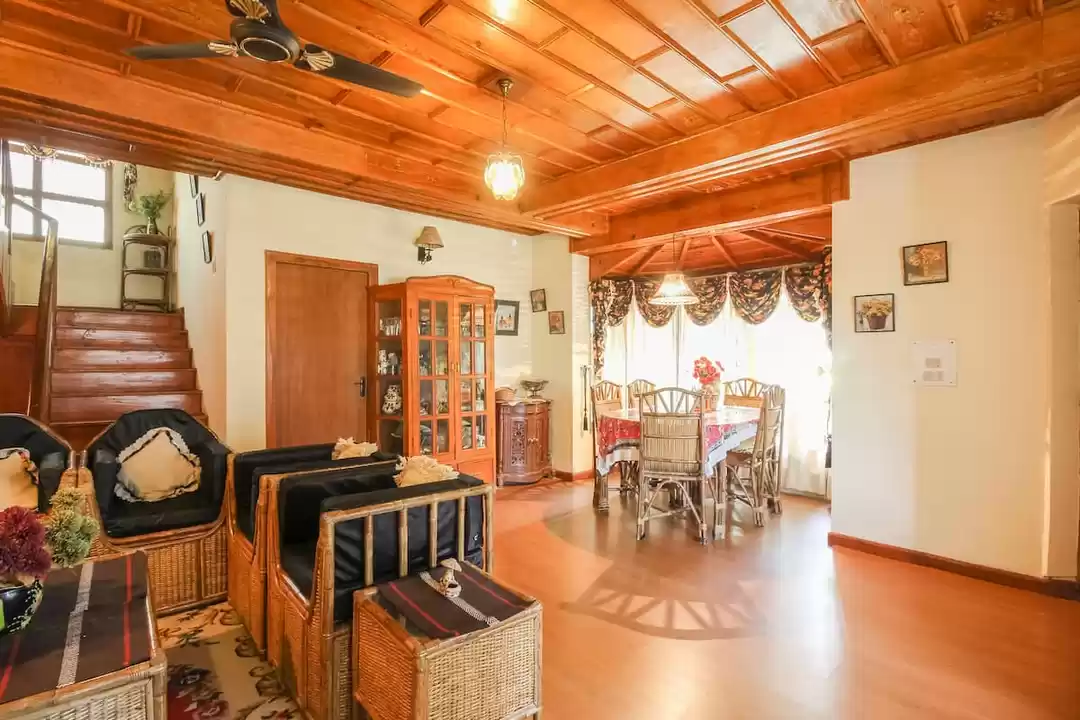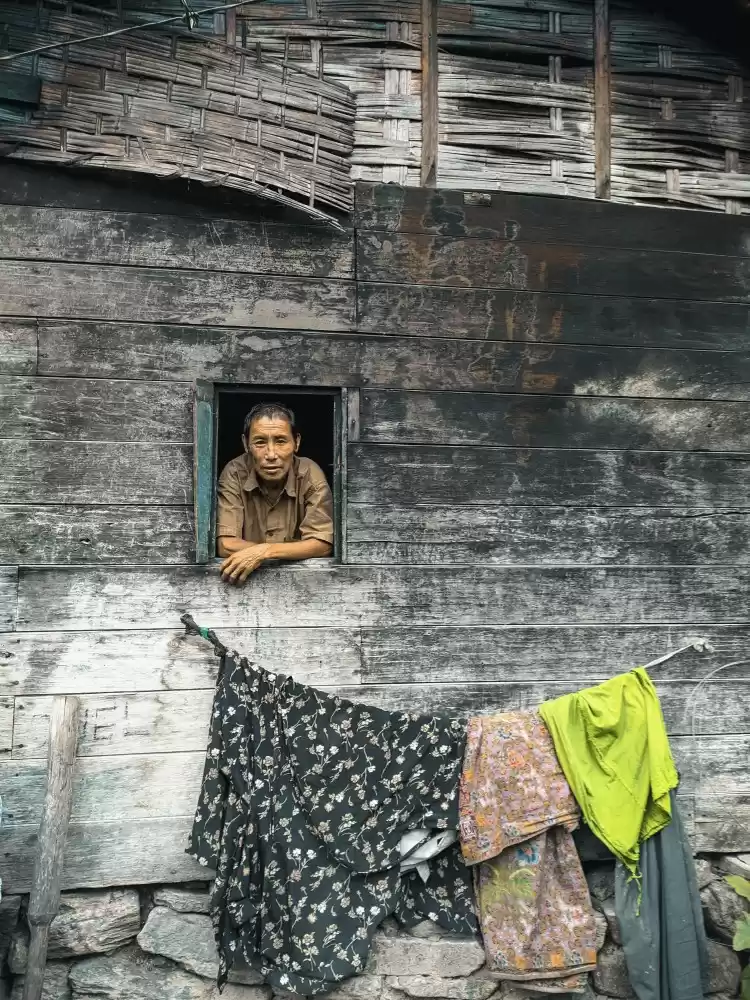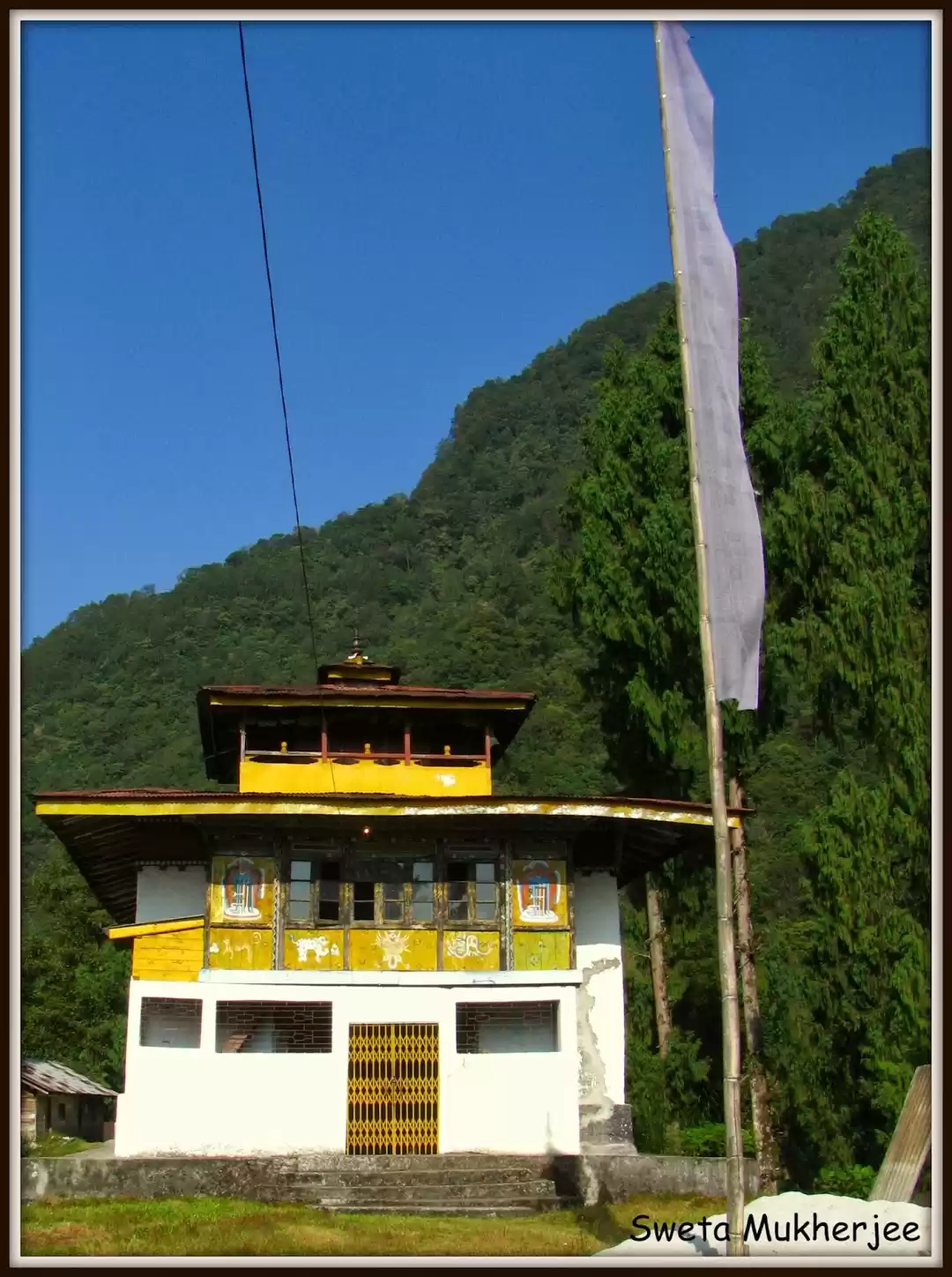




There is no place like home. We all aspire to have a home in the hills, along a beach, in a remote village, a small cottage with a lawn and a kitchen garden to feast on, an open space for our pets to run around. Well, Homestays offer that very experience of unwinding in a lovely setting as guests to warm, friendly people, who have opened their traditional as well as modern homes to guests.
Scattered in various parts of the country they are a great introduction to the culture of a region and a great option for an extended budget stay. Experience the best in hospitality with a personalized attention to detail for a great travel experience. This blog reviews the best in homestays in Sikkim, covering some of the more hidden places in Sikkim, India, detailing the amenities on offer, giving an insight into good choices to stay in a home away from home.
At Yangsum Farm, which is a local families homestay with four rooms and have renovated it sympathetically. Each room has an en-suite bathroom, wooden floors and can be configured to be either a double or a twin. For larger groups, one can use one of the other four en-suite rooms available at Yangsum . There is also a dining room/living room which we share with the rest of the homestay. Located in West Sikkim, 2 kms from the small bazaar village of Rinchenpong, at an altitude of 1500 metres Yangsum , a 44 acre heritage farm.Built in 1833 and refurbished in 1966 , into a fabulous home-stay, now grows from cardamom and ginger to avocados , to oranges, peaches , apricots , mangoes and tea.With accommodation, four spacious, well furnished , simple double bedrooms, two with semi-attached bathrooms and two with en-suite bathrooms with modern fittings and running hot and cold water. There is also a communal sitting room and a courtyard where guests can sit and enjoy the sun and nature.The food served is all organic, tasty and given personal touch by the owners. The guests, besides the Indian get a chance to go for Sikkimese food like nettles, ferns and bamboo.With activities, guests are suggested to go for trek, where the owners, show some great paths to walk on, or to go for white water rafting, monastery tour or learn the Sikkim cooking where guests get an excellent opportunity to be taught traditional recipes and cooking methods of Sikkim on a wood burning hearth.Yangsum Heritage Farm, a beautiful home-stay in peace and beauty. A real escape from the noise and rush of city life in midst of the beautiful scenery of Rinchenpong !

Sikkim is just a beautiful hidden jewel. This little kingdom became an Indian state in 1974 and largely remains a true wilderness area.....unexplored and small. Within this small kingdom i was surprised to find a reserve that protects one of the original tribes of Sikkim called the Lepcha's. This hidden area called dzongu is the bufferzone of the Kunchunjunga National Park, a designated world heritage site ! Anthropologists do not know where the Lepcha people originated. The Lepcha have no ancient story of migration; they believe they were born right there in their remote Himalayan valley, out of the elementsthe experience of the Mayal lang homestay is a truly journey into the seldom-glimpsed world of one of the most mysterious mountain cultures on earth - complete with close direct personal interaction of the host family. Staying with Lepcha families in their homes, guided by local shamans sharing stories and teaching us about the flora,fauna and legends, is an experience only Gyatso will share giving us an insight into the magnificent local mountain environment of Dzongu ! Dzongu is a piece of heaven … a reserve of the reserves for the indegeneous Lepcha Coomunity of Sikkim…a place where even the Sikkim people require a permit to enter. It’s a magical land consisting of great flora and fauna, immense natural beauty, waterfalls and some age old monasteries. This is topped up by the people of the area who are helpful and happy to have guests from all over the world. At Mayal Lang you could visit the following places by either a walk or hiring an in house cab. Hee Gyathang Village lies in Lower Dzongu and can be easily reached by jeep from Passingdang. Here, a small lake decorated with prayers flags is nestled between the trees and bushes. The Lepchas believe that the small silver fish in this lake were created from the lice of a goddess. It is said that a supernatural being fell in love with this divine princess. Their children and the subsequent generations are called the Heemo, a Lepcha clan which inhabits the village.Pentong is one of the last inhabited areas in Dzongu and is quite close to the snow peaks. You can trek there through dense forests and along spectacular cliffs. The area is in a relatively flat ground, some of which turns into lakes during the monsoons. Two hillocks here offer great viewpoints. They are called Tarbi and Tarbot by the locals and are considered the guards of Khanchendzonga. Tarbi is a local deity, whereas Tarbot is a demon. Both are considered powerful so the villagers give them offerings to keep them satisfied and calm. On the opposite side of the valley the Lepcha village, Sakyong can be seen.Anywhere you go in Dzongu, you'll never be too far from a waterfall. Dzongu is full of numerous big and small waterfalls cascading down the hills or falling off the sheer cliffs. Probably the best amongst them is Lingzya falls, on the way to Pentong. It is easily accessible by road and only about half hours drive from Passingdang. These falls forms a small pond at it's base, for which you have to get off the road and accross some vegetation. It forms an ideal, secluded picnic spot. While here, we suggest you shed your inhibitions and get into the water. Stand at the edge of the falling water and experience bliss as pure mountain water washes over you in great streams. Experience something unique here. Something which you may never be able to experience at any 'popular' tourist spot, anywhere.A Lepcha traditional house, which has been converted to a museum is located at Namprikdang. It is only a short drive from the Passingdang village, where our homestay is located. The construction of this house displays the ingenuity of an age old tradition of laying the super structure on open surface (over stone slabs) to counter the effects of powerful earthquakes. Another unique feature of a traditional Lepcha house is that no nails are used in this construction. The confluence of the Rongyung Chu, with the majestic Teesta is just a 5 minutes walk from thereYou can venture on a day-long trek through a beautiful riverbed to Tholung monastery. The monastery was founded in the late 18th century by Lhatsun Chenpo Lama to keep Buddhist manuscripts and sacred relics safe from the invading Gorkhas.Every three years, in spring, the Tholung treasures are opened up and shown to the pilgrims. From the monastery, you can see a waterfall, thundering through a deep gorge. Lepchas believe that the souls of departed pass through here on their way to the afterworld. In the surrounding hills there are caves in which Guru Rinpoche is said to have meditated and hidden treasures. Enjoy the serenity of the place and spend some time meditating. A traditional bamboo bridge from here takes you to a hot water spring. Spend some time soothing your tired limbs here. Activities:• Trek• Cross Cane Bridges• Eat Organic Food• Watch birds• Watch Butterflies• Fish• Watch Cultural Programs• Understand & experienceTips:Dzongu requires a special permit to enter which requires some processing time so let the hosts know early of your arrival. Foreigners as well as Indians would require to send a copy of their passport by email along with a photograph t process the permit. Gyatso has some amazing fruit orchards. Do not foreget to visit them but make sure you are wearing leech guard or big gum boots often worn by the Lepcha people. A Taxi to Dzongu can be hired from the Vajra Taxi Stand in Gangtok. You can ride upto Mangan in a shared Taxi or an exclusive vehicle and then take another Taxi to Passingdang Village in Dzongu. However, special permits issued by the Government of India are required for entry into the Dzongu Lepcha reserve.

My evenings at the Dhungay homestay sitting by the fire in the traditional kitchen of Ganesh and his family was a highlight of my visit to Sikkim. I really enjoyed their amazing food along with the magnifiecient view of their rooms. The Hee Bermoik is an amazing village in West Sikkim on the way to the beautiful destination of Utteray which forms the border between India and Nepal. Giving you magnificent views of the world third highest mountain, Mt kanchendzonga the homestay of Dhungay is a real insight into the Chettri culture of Sikkim. Visting famous monasteries like Pemayangste amd the old forst in Pelling , monastery of Rinchenpong all are within a days reach from Hee Bermoik. Adventure lovers will love to drive to Utteray to go angling for the trout or may just buy a piece from the Fish farm. There are plenty of day treks and multi day treks in the vicinity especially in the Barsey Rhododendron Sanctuary ! Activities during your stay here would include life style exploration in the village, community village walks, Jungle walks, visit to houses of different ethnic groups, walks and hikes to caves, lakes and waterfalls, Walk to limboo temple, visiting to limboo study center and lake at Hee, traditional festival when they do occur in the village, local market day, Short trip to limboo study center, boat lake at Hee, Rinchenpong Buddhist Monastry, day trip out, pemayntase, Rabdtanseruins, Sangcholing Monastry to Pelling etc Other activity may include observing village life and seeing how villagers perform their everyday chores - milking cows, churning butter, weeding and harvesting cardamom, and many other activities. For generation the family gas been cultivating, the land around the house, the soil is fertile and there is abundant growth of buckwheat, ginger, maize, potato, cardamom, millet fruit like banana, orange, guana, plum, vegetable used in the house are also grown organically includes like tomato, peas, pumpkin beans, radish, carrot, squash, chilly, cucumbers etc. The house was built in 1970, and renovated in 2004. it is made of stone, bamboo, wood. It has wooden floors and ceiling. The rooms have attached western style toilets with hot and cold bath furnished lounge and mini bar. The house is surrounded by terraced farms, deep valleys, so typical of west Sikkim can be seen all around and picture view of the Mount Khangchendzonga range from the house.• Village walk • Nature walk• One Day treks• One Night Camps• Bird-watching• Learning Sikkim’s cuisines• Sightseeing tours• Butterfly Tours• Monastery VisitTips:Ganesh Chettri is very good at explaining the village lifestyle. DO plan a trip with him and also in his farm to experience the village lifestyle first hand The homestay is at a 200 meter distance from the road so be prepared for some steep but scenic climb from the road. Sikkim is very wet, so carrying raingear is essential or even a flodable umbrella.

Kewzing is a beautiful Bhutia village with a small population next to the Maenam Wildlife Sanctuary in South Sikkim. Kewzing’s location is blessed by Buddhist monasteries on all the four sides with Tashiding monastery in the south-west, Mangbru and Pemayengtshen Monastery in West, Ralong and Ravangla monastery in southeast, Doling Monastery in east and Bon Monastery towards the North. The farm house is famous all over the world for its resident birds and a peaceful and serene atmosphere. Its truly for those who want to experience nature closely and not be disturbed by the regular noises of the city. The farmhouse has rich livestock inventory for providing fresh milk and eggs for a healthy and nutritious meal. The Farmhouse has an area of four acres of cultivated fields, tea gardens and six acres of lush green cardamom forest surrounding the Farmhouse making your stay relaxing and peaceful amidst the natural village atmosphere promising a nice breakaway from the din and bustle of daily life.The hosts provide a homely atmosphere having an informal but careing attitude towards the guests .The owner of the farmhouse, Chewang Bongpo , is an avid birdwatcher and leads birding trips all over the eastern Himalayas. Activities:• Village walk • Nature walk• One Day treks• One Night Camps• Bird-watching• Learning Sikkimese cuisines• Sightseeing tours• Excursion to Trout Valley (Ranjit River)• Dotho( Sikkimese hot stone Herbal bath)• Visit to Maenam Wild Life Sanctuary • Butterfly Tours• Monastery VisitTips:• Carry a binocular as the bon farm house is the perfect place to get initiated into bird watching.• Make sure you ask the owners about Leeches as you may encounter some during jungle walks.• Sikkim is very wet, so carrying rain gear is essential or even a foldable umbrella.

Homestays all over India can be a great authentic experience where the key to the experience is gratitude and being xenial. Like anything else in life, homestays have their pros and cons. If you have decided that the pros outweigh the cons in your case and are planning to take the plunge, then it's time to start preparing yourself for exciting journey ahead. Sikkim Homestays can be a great cross cultural exchange provided you keep in mind a few things which are basically guided by common sense, good manners and conscience travel. • Don’t haggle on prices and please stress on sending an advance and ask for bank account information while booking your homestay so that the hosts are reassured of your arrival .• Carry a small gift from your hometown or something for the kids in the family just as a goodwill gesture• Ask for the rules of the homestay on arrival and any do’s and don’t’s regarding culture. Be communicative as the whole idea of doing a homestay is to learn about their culture and lifestyles. • Try to learn the language of the hosts and don’t be embarrassed even if you don’t speak it nicely. • Do ask the hosts if they are okay with you wearing your shoes inside the house/ bedroom, just as you would when you visit a friend. Some homestay owners have a laundry service, other don’t. Do not assume that it’s done in all places. When in doubt, ask, politely.• For a For a richer experience of your holiday , ask your hosts about things like where you can shop, hidden places off the tourist map. They usually know best and will often lead you to hidden gems!Don’t• Smoke or Drink or play loud music without the permission of the hosts. Avoid these things as Sikkim homestays are about breathing fresh air, feeling the mountains, hearing the birds , enjoying local cuisine and enjoying nature first hand. • Don’t go outside without telling your hosts and never leave on a trek without a guide unless your hosts say that it’s a well marked way.• Don’t ask for meals at odd times . Always carry little snacks from the market or your house in case you get hunger pangs. Please remember that its not a hotel with 24 x 7 room service but somebody’s house where the ladies are cooking for you. • Don’t click photographs without the permission of the hosts as you are in somebody’s house and their privacy should always be respected. In case you find somebody very interesting you could ask for the permission politely and nobody will refuse.
Situated at an altitude of 5840 feet, the natural beauty of Yuksom, historically known to be the first capital of Sikkim, is serene, colourful, and inspiring – all at once. Perfect for meditative day-walks, it is also the trailhead for the Khangchendzonga Trek (Dzongri & Goecha La). However, apart from trekkers, Yuksom is yet to attract the large share of tourists who still prefer to soak in mountain views from the now over-crowded Pelling.In Yuksom, NGOs promoting eco-tourism guard the interests of villagers by helping them set-up and promote homestays, which not only serve as an additional income for the villagers but also give visitors an opportunity to live out an authentic village experience in Sikkim. Food served throughout the course of your stay is completely organic, with most ingredients growing in the front yard. Meals include local delicacies like momos, millet rotis, healthy leafy noodle soups, rice and traditional meat dishes. Don’t forget to try the ‘Chhaang’ – a kind of beer made of rice/ millet, which is a favorite with the Sikkimese across the state. Chhaang is offered in a tall bamboo container called Tongba, and is drank warm.Like most village houses, EZOM also has its share of farm animals – yaks, pigs, goats, chickens – you name it. And if you are ever in need of a cosy cuddle, Peechu the adorable house cat will be at your service.
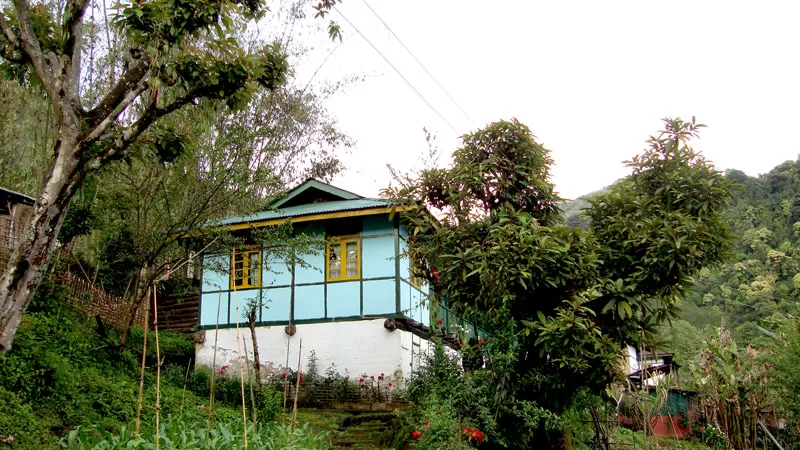
Frequent Searches Leading To This Page:-
sikkim himalayan homestays address, homestays in sikkim, the himalayan view homestay, the himalayan view homestay reviews, sikkim himalayan homestay prices, sikkim holiday packages



